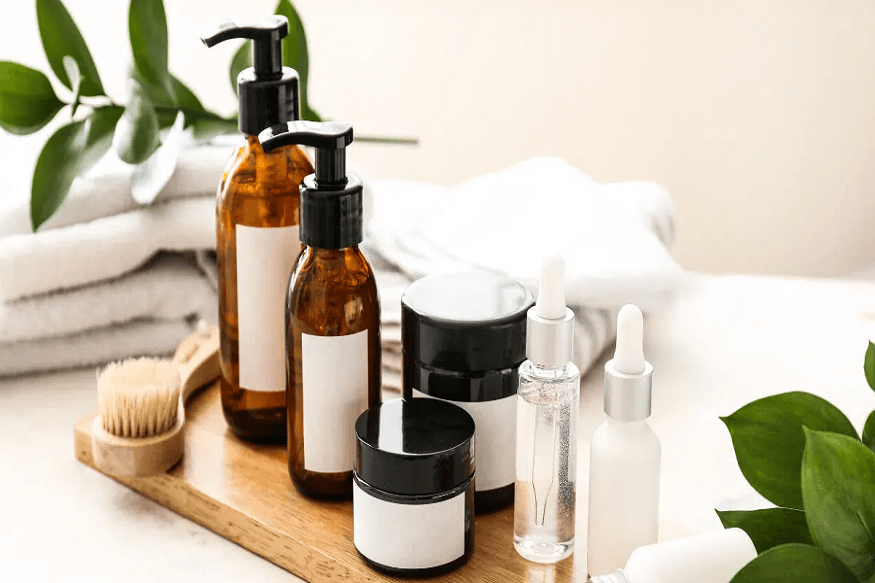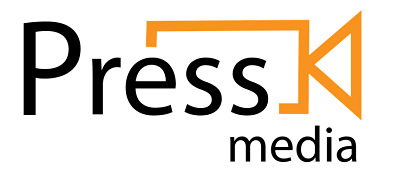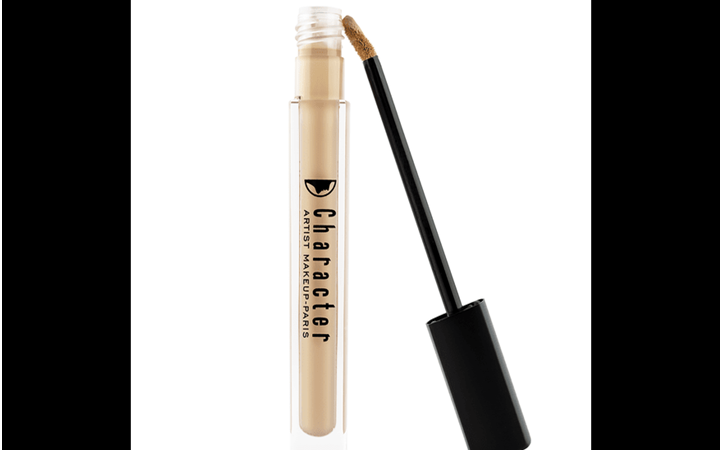How Do You Pick Labels for Cosmetics?

The label you use is one of the key decisions to make in packaging cosmetics. It reveals the details of your product and allows buyers to identify it. With so many cosmetics brands competing, these labels must appear appealing and also comply with the guidelines of the authorities. By selecting the right labels, you can help your makeup line become more popular if designing a new collection or updating an existing one. It presents the key points to consider during labelling cosmetics, which makes them follow guidelines and become attractive to buyers. Planning your packaging and labeling with honest vendors is important, but you should also identify your needs in advance.
Label Size and Shape Factors
In addition to complementing your packaging, the size and shape of your cosmetic product labels should allow enough room for the necessary information. Standard square or rectangular labels maximize area for photos and text while being reasonably priced. Although they could raise production costs, custom-shaped labels can add distinctive visual flair. Wrap-around labels give containers a smooth appearance while covering the whole circumference and offering plenty of room for information. Labels with extensive information on the back and decorative components on the front can have different designs on each side. Take into account both the dimensions of your packaging and the legal requirements for text legibility when deciding on size. Expert packaging and labeling businesses can advise you on the best label sizes depending on your unique containers and information needs.
How the Typeface Looks and Can Be Read
The labels of your cosmetic products should have typefaces that look good and are easy to read. All the text on the site should be simple to understand, while the fonts should be those you use in your branding. Anyone can read Arial or Helvetica typography, both in large and small print. Steering towards a Georgia or Times New Roman font can never go wrong in any type of project. Even if an eye-catching font is available, it is best to go with default fonts for long chunks of text. The font size needs to be taken into account for ingredient lists and cautions. All text must be readable with the naked eye and not require enlarging, while special attention should be given to the contrast between what the text is on and the text itself. Such packaging and labeling businesses can assist you with picking fonts that satisfy the law while also expressing your brand’s character.
Choosing Adhesives for Various Conditions
Using the proper adhesive will guarantee that your cosmetic product labels stay firmly in place for the duration of the product’s life. Certain adhesive qualities are needed in various settings and for various types of containers. For goods that won’t be renewed, permanent adhesives are perfect because they are made to adhere firmly and resist removal. For reusable containers, removable adhesives enable clean removal without residue. For shower products or objects kept in bathrooms, water-resistant adhesives are crucial since they keep their hold even when exposed to moisture. For goods that may be kept in hot or cold environments, temperature-resistant adhesives work effectively under a variety of circumstances. For assistance in choosing the right adhesive for your goods, consult with experienced packaging and labeling companies.
Green Label Selections
Customers are becoming more conscious of sustainability, which makes eco-friendly cosmetic product labels a worthwhile factor. Numerous ecologically conscious choices are available that reduce their negative effects on the environment without sacrificing quality. As biodegradable labels decompose naturally, less waste ends up in landfills. Recycled paper labels reduce the need for virgin resources by using post-consumer materials. Reliance on petroleum-based chemicals is decreased by using plant-based inks and adhesives. Water-soluble labels make recycling containers easier by dissolving entirely during recycling procedures. Nowadays, there are a lot of packaging and labeling companies that can certify environmental credentials and offer sustainable choices. Selecting eco-friendly labels can improve your brand’s standing and draw in eco-aware customers, especially for natural skincare labels.
Assisting Expert Labeling Partners
The label selection process is streamlined, and costly errors are prevented by working with seasoned packaging and labeling companies. These experts contribute invaluable resources and experience to your project. To make sure your cosmetic product labels adhere to all legal standards, they provide regulatory compliance advice. Your brand concept can be translated into successful label designs with the assistance of their design teams. They have access to a wide range of printing technology, so they can suggest the best approaches for your particular requirements. A lot of them offer proofing services, which let you view and approve samples before complete production runs. Due to their connections with suppliers, well-known packaging and labeling companies frequently offer more affordable prices. Look for businesses that have specialized experience in developing skincare labels and other cosmetic product labels when choosing a partner to make sure they are aware of the demands of the sector.
Production Planning and Budgetary Issues
You can make well-informed judgments that strike a balance between quality and financial limits by being aware of the cost considerations involved in developing cosmetic product labels. The ultimate cost of your labels is influenced by multiple factors. Quantity has a big impact on unit cost; per-label rates are usually lower for larger quantities. The quality of the material affects both appearance and cost; premium or specialist materials are more expensive. Complexity in design, such as the quantity of colors and unique finishes, can raise production costs. Pricing is influenced by the production schedule as well; rush orders frequently result in extra costs. The financial implications of various alternatives can be better understood by using the tiered pricing options offered by the majority of packaging and labeling companies. Ordering in the right amounts and planning your label production well in advance will help you keep costs down while maintaining a consistent level of quality for your cosmetic product labels.
Conclusion:
Budgetary restrictions, brand aesthetics, practical concerns, and legal needs must all be balanced when choosing the ideal labels for your cosmetic items. A good cosmetic label should share your brand’s story, specify its benefits, and ensure the label meets the industry’s guidelines. Bringing out the best in your skincare and cosmetic products through impressive labels requires understanding the types of materials available, cosmetic design aspects, and how they are made. Inviting teams with experience in packaging and labeling is very helpful for managing the process. The success of your brand in the beauty sector can be greatly aided by the effective marketing tools that your product labels can become with careful preparation and attention to detail.

